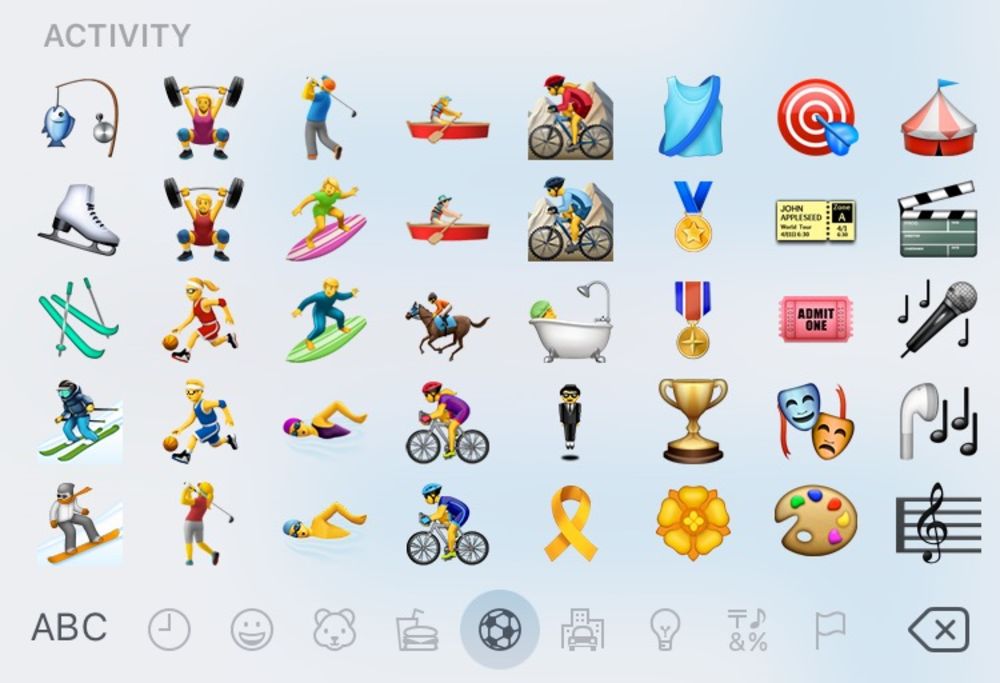How to use a training log without obsessing over performance
It's important to maintain perspective while tracking your progress

Training logs are invaluable tools for runners, offering an organized way to track progress, stay motivated and identify areas for improvement. But they can also contribute to obsessive training habits. It’s important to maintain a healthy mindset and avoid becoming overly fixated on pace if you want to enjoy running and avoid injuries and burnout. If you’re using a training log to track your progress, follow these tips to ensure it helps, rather than hinders, your performance and enjoyment of the sport.
Set diverse goals
Instead of solely focusing on pace and performance, set a variety of goals to diversify your achievements, and write them down in your log. Some non-performance-oriented goals (also known as “process” goals, rather than “outcome” goals) might include simply running consistently three times a week, or finding a race to volunteer at every season, or counting a specific number of birds or other wildlife on your run. By expanding your focus, you’ll be able to appreciate the various aspects of your running journey beyond numbers on a page.

Embrace the process
Celebrate (and note in your training log) every achievement, however small–like completing a challenging workout (for example), conquering a long run, or even finding joy and peace during a run. These non-quantifiable successes can be just as rewarding and fulfilling as achieving a specific pace or performance goal.
Include non-running data
Use your training log to capture more than just running-related data. Consider adding notes about your mood, sleep patterns, nutrition, or even personal experiences during your runs. This broader perspective can provide valuable insight into the holistic factors that contribute to your running performance, reinforcing the importance of self-care and overall well-being. (Your running should contribute to, rather than detract from, your sense of contentment and well-being!)

Monitor trends
Rather than obsessing over day-to-day fluctuations in pace and performance (even significant ones), focus on identifying long-term trends in your training log. (Activity trackers or fitness apps such as Strava can be helpful with this.) Look for patterns that highlight areas of growth. By observing trends over time, you can make more informed adjustments to your training plan and track your progress more meaningfully, depending on what you want to get out of running.
Reflect and learn
Take time to reflect on your training log periodically, identifying what worked well and what didn’t. This reflective practice can provide valuable insights, helping you refine your training approach and enhancing your overall running experience.

